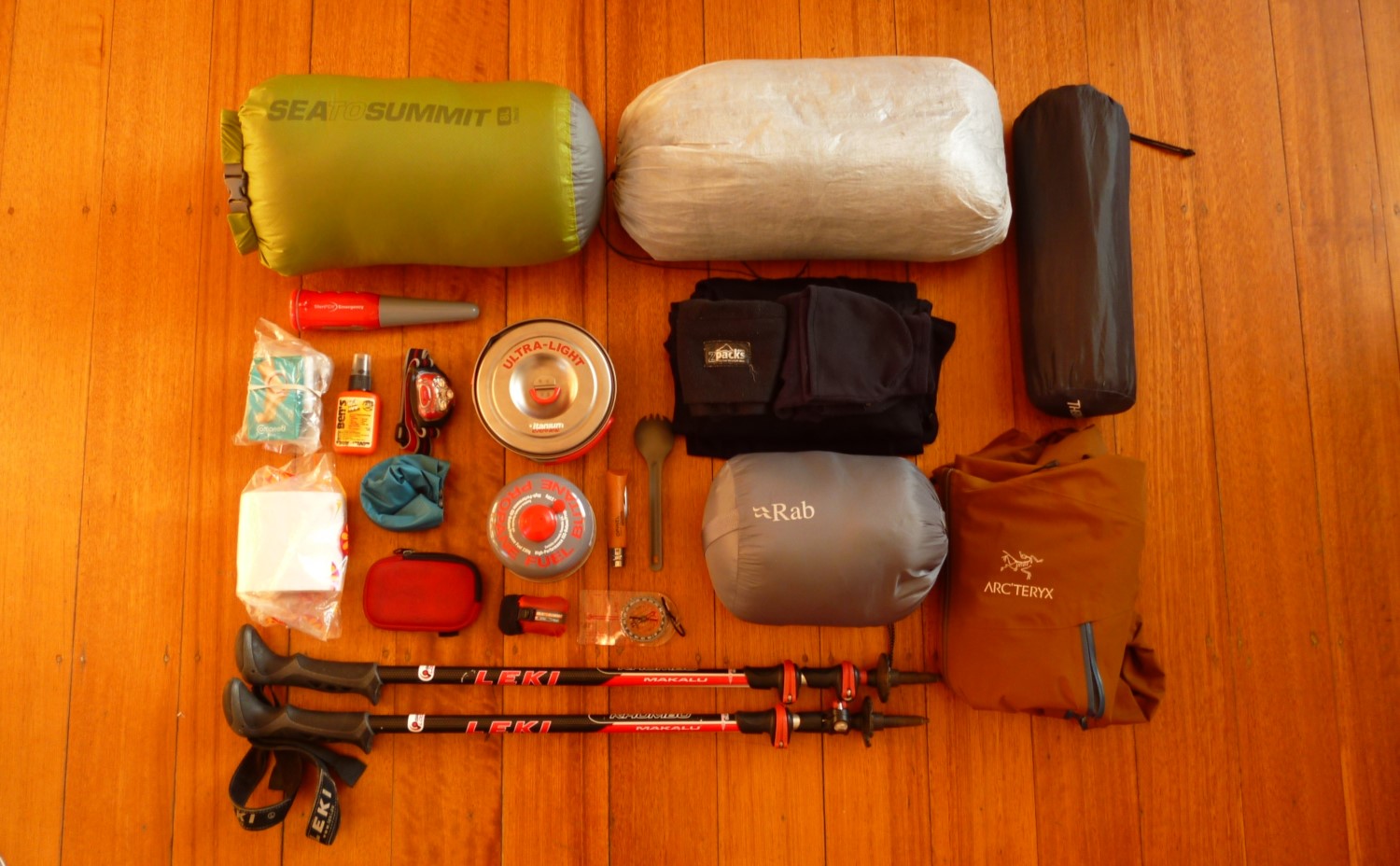Best Freediving Fins of 2023
JUMP TO: MARES RAZOR PRO / BEUCHAT MUNDIAL ONE / MAKO COMPETITION FREEDIVER / CRESSI GARA PROFESSIONAL LD / CRESSI GARA 3000 LD / MAKO FREEDIVE HUNTER / MARES RAZOR MATRIX / OMER STINGRAY CARBON / BUYING ADVICE
Author: Tim Severino
The Short Version
Best Overall: Mares Razor Pro
Best for Beginners: Beuchat Mundial One
Best for Improvers: Mako Competition Freediver
Best for Spearfishing: Cressi Gara Professional LD
Best for All-Round Use: Cressi Gara 3000 LD
Best for Budget: Mako Freedive Hunter
Best for Travel: Mares Razor Matrix
Best for All Day Comfort: Omer Stingray Carbon
The Long Version
The sport of freediving has come a long way over the past two decades and the equipment has evolved with it.
Gone are the days of borrowing SCUBA gear to go for a free dive – today, there are plenty of dedicated brands offering specialty freediving equipment that will take you further, deeper and longer underwater.
While freediving masks allow you to see underwater – and are the first thing you should buy when starting out – the real game changer are the fins. Freediving fins are your propulsion, your power. They can literally mean the difference between hitting your depth or not.
Freediving fins differ greatly from SCUBA or snorkeling fins – they are much longer and stiffer, providing much more power for the relative effort you put into kicking. This power can propel a free diver faster and further underwater than ever before.
SCUBA fins are often designed for multiple styles of fin kicks, allowing forward, sideways and even backwards movement. This variety of motion helps a SCUBA diver to cruise slowly and observe life underwater. And while SCUBA fins can be used for freediving, you will lag behind people with dedicated freediving fins.
It can’t be overstated – the first time you use freediving fins you will be absolutely amazed at the power they give you and the resulting depths you can achieve.
If you love reading this review of the best freediving fins, then you'll likely love reading some of our other gear review pages:
Need To Know What To Look Out For?
All freediving fins resemble each other and have similarities in design. However there are many small factors that can determine whether a set of fins are the right fins for you – so be sure to check out our buying advice at the bottom of the article.
Best Overall: MARES RAZOR PRO
LENGTH: Long
MATERIALS: Techno-Polymer Construction (Carbon)
BLADE HARDNESS: Interchangeable
PRICE: $$ (176)
PROS: Lightest on the market, interchangeable blades, custom designed foot pockets
CONS: Sizes can run large
The Mares Pure Instinct Razor Pro is one of the best fins on the market and is the most lightweight in design and construction. The fins can easily be used by all levels of free diver and you won’t break the bank when buying them.
They have a special design of lateral fins or stringers that force the water moving over the fin down toward the tip which is shaped in a large V. This innovation increases the propulsion while simultaneously reducing stress on your muscles and prevents any slippage and lost effort.
They are designed to be worn with 3mm neoprene socks and come with interchangeable blades meaning you can increase or decrease the stiffness and length of your fins. These fins will have you reaching new depths in no time while remaining both comfortable and affordable (although the socks and extra blades come separately).
Best for Beginners: BEUCHAT MUNDIAL ONE
LENGTH: Medium
MATERIALS: Techno Polymer Plastic
BLADE HARDNESS: Medium
PRICE: $$ (110)
PROS: Great value, simple design one-piece fin
CONS: Will slowly bend over time
Perhaps you are new to freediving and want to get out on the water, but aren’t quite sure which fin to choose? The Beuchat Mundial One is what you are looking for. They are perfect for when you’re on a beginner’s budget, but still want a quality pair of fins
The Mundial One are offered at a lower price point, and made with a simple all-in-one construction that uses thermoplastic in the foot and techno polymer in the blade. This results in a comfortable, efficient and pretty powerful set of fins.
Like all plastic based fins, they are considerably cheaper – but will succumb to bending over time (see our discussion of construction materials in the buying advice below). But don’t let that put you off, since by the time that happens you will most likely be moving onto more a more expensive, higher performance set! And these can be used for backup, travel, or giving to friends (so they can share in the joy of freediving!).
Best for Improvers: MAKO COMPETITION FREEDIVER
LENGTH: Long
MATERIALS: 10% fiberglass, 90% borealis polymer
BLADE HARDNESS: Interchangeable
PRICE: $ (90-125)
PROS: Inexpensive and very high quality
CONS: Sizes run a little large and are a touch heavy
The Mako Competition Freediver fins are popular for beginners and intermediate divers – since they have been designed to grow with your experience level. While interchangeable fins are becoming more of the norm these days, Mako is one of the manufacturers that have been selling interchangeable fins for a long time.
These fins are initially sold with (predominately) plastic blades, but they provide the option of changing your fins as you become more proficient in the water. Essentially you can start your freediving journey using an affordable pair of quality plastic fins, and then upgrade your fins as you grow into a more advanced freediver.
These Mako Competition Freediver fins are strong and will last a long time, but at the expense of being slightly on the heavier side.
They are designed to help you go straight down, reach your depth and come straight back up again. As such, they dispense with some of the other innovations such as pronounced lateral fins and large V shapes at the end of each fin. But if learning to freedive and improve your depths over time is what you are aiming for – then the Mako Competition Freediver could be the fins to take you on that journey.
Best for Spearfishing: CRESSI GARA PROFESSIONAL LD
LENGTH: Long
MATERIALS: Plastic
BLADE HARDNESS: Medium
PRICE: $ (90)
PROS: Inexpensive, all in one design, powerful
CONS: May bend over time
You could say that spearfishing is a natural extension of freediving, in that you can take the freediving abilities you’ve been honing in the water and turn them into a very practical skill – catching dinner!
People spearfish in all sorts of fins all over the word and it’s quite a natural human hunting technique. Spotting and spearing a tropical sole in shallow water might get you a meal for one, but the big fish are deeper and further out to sea.
The Cressi Gara Professional LD one piece set of fins are great for spearfishing. They offer a powerful kick with the ability to turn quickly if needed. Their simple design means not much can go wrong in the water so you can keep an eye on your prey.
Durable for plastic fins and reasonably lightweight, they are a reliable pick for those moving into the world of spearfishing.
Best for All-Round Use: CRESSI GARA 3000 LD
LENGTH: Long
MATERIALS: Multi compound (plastic and carbon)
BLADE HARDNESS: Soft
PRICE: $$ (130-150)
PROS: Can be worn without socks, great from beginner to pro
CONS: Can bend over time
Here is another contender for the best overall freediving fins, being narrowly beaten by the slightest margin. The Cressi Gara 3000 LD is an adaption of the Cressi Gara 2000 HF, but has a longer and softer blade making it 15% more flexible and therefore less stressful on your leg muscles while diving.
These fins are great for all conditions and all levels making them the best set of all-round fins on this list. There are additional features – such as the ridges on side of the fins – that also make it easier to swim laterally along the surface. Consequently these fins have also been spotted on many a SCUBA diver.
Note that if you plan to use them in colder conditions, it may be worth buying half a size larger so you can wear socks to keep your feet warm – since they are designed to be suitable for use with bare feet, and the foot pocket can seem a bit narrow for some.
If you are looking for an affordable pair of fins that you can use for everything – snorkelling and SCUBA included, and in a variety of ocean conditions – then these may be just the pair you’re after.
Best for a Budget: MAKO FREEDIVE HUNTER
LENGTH: Long
MATERIALS: Plastic
BLADE HARDNESS: Medium
PRICE: $ (75-100)
PROS: Inexpensive, soft foot pockets
CONS: Slightly on the heavier side
The Mako Freedive Hunter are a reliable pair of fins for those on a budget. Obviously there are better beginner fins and better all-round fins, but they all come at a cost. So if you are undecided on freediving, need a cheap backup or travel pair or just don’t have the funds – these are the best for you.
Mako have had these fins on the market for a long time and have perfected how to make some sections stiffer and some softer for a balanced swim that won’t tired your legs.
They are durable, simple, comfortable and powerful – everything you need in a pair of fins that also won’t break your bank. It’s even a close toss-up between these and our beginner option listed above. The downside? They are plastic fins after all, and as such will lack some efficiency and weight savings when compared to more expensive models (see our buying advice below).
Best for Travel: MARES RAZOR MATRIX
LENGTH: Medium
MATERIALS: Carbon, fiberglass, and plastic
BLADE HARDNESS: Low to Medium
PRICE: $$$$ (450)
PROS: Inexpensive for carbon fins, scratch resistant, lightweight
CONS: Lack power relative to other carbon fins
The Mares Razor Matrix are one of the less expensive pairs of carbon fiber fins out there (but still far more expensive than plastic fins!). They have more power than most plastic or fiberglass fins, but slightly less than most carbon fins as they are designed with general use in mind.
They come with an average blade length, average blade hardness and comfortable foot pockets – which are all attributes that contribute to their “general purpose” design. This means that they can be used by almost anyone, including beginners and those who are more advanced. But they will lack a little propulsion power compared with high performance carbon fins focused purely on deep diving.
Many pros or seasoned free divers use these fins as a backup or travel pair. Their damage resistance, light weight, and reasonable price (for carbon) means you won’t need to be too worried about them getting damaged when traveling between planes, trains and boats.
Best for All Day Comfort: OMER STINGRAY CARBON
LENGTH: Medium to Long
MATERIALS: Carbon
BLADE HARDNESS: Interchangeable
PRICE: $$$$ (500)
PROS: Comfortable foot pockets, extremely light, abrasion resistance
CONS: Expensive
All the fins listed here could be considered as (arguably) one the best sets on the market – and the Omer Stingray are no exception. The foot pockets are softer than other fins, making them more comfortable on your lower legs if you are in the water for extended periods – but without a huge loss in propulsion power.
They have a patented carbon fiber technology that underlines the fins, keeping them stiff and in shape forever and giving you all the power you need. They have a 22 degree angle, helping them to feel like a natural extension of your legs while you kick and move through the water.
Lastly they have a shallow V at the end that is softer than the remainder of the blades, making turning in different directions easier – perfect for when you are following that fish (or mermaid) around the seas.
BUYING ADVICE FOR FREEDIVING FINS
Pitch your purchase at your skill level
Freediving fins are fairly simple when it comes to their design and they all do resemble each other quite a bit. However your freediving level will help determine what kind of fins you should buy. Spending up on more expensive fins might not be worthwhile until you’ve mastered the techniques necessary to get the most out of a higher performance pair.
BEGINNERS: When you are starting out, we’d recommend going with cheaper plastic fins until your confidence grows and you really start to push your limits. The plastic fins might be slightly heavy and won’t be as efficient as fins made from more expensive materials (such as carbon fiber or fiberglass) – but you are unlikely to notice that performance penalty when starting out.
INTERMEDIATE TO ADVANCED: Once you have developed the following skills: breath hold, duck dive, kicking technique, turn around technique and surfacing – then you may be ready for a more expensive set. At this stage, intermediate and advanced free divers generally require a higher performance (and more expensive) set of fins to swim deeper with less effort and become more agile underwater while turning to surface. This usually means fins made from fiberglass, carbon fiber or a composite material. These materials are lighter and provide greater efficiency in your kick, meaning you can move faster and dive deeper without using as much energy.
Materials
You will have noticed that there is a fair emphasis on the materials that fins are made from. This is due to several factors including price, longevity and durability being key to your decision.
PLASTIC: Plastic, or the more technical term – polymer – is the most affordable material that freediving fins are made from. Almost all beginner fins are made from plastic. The type of polymers used are often very hard or solid and are durable enough to withstand general wear and tear. Plastic fins tend to be on the slightly heavier side too.
The main downside to plastic is its performance is not as efficient and your propulsion not as powerful as other materials. In addition, its attribute to develop a memory when you are kicking and permanently bend into a different angle over time. Having said that, it takes thousands of hours of kicking to have the plastic bend, but it certainly does happen eventually.
FIBERGLASS: Fiberglass used to be the next step up in materials after plastic – it’s lighter than plastic and offers a little more power when moving through the water. These days however, fins don’t use fiberglass as much as they used to or it’s used in combination with other polymers. Its main downside is it’s considerably more expensive than plastic.
CARBON FIBRE: Carbon fiber,or techno polymer, is the material of choice for all advanced free divers – be it competition free divers, free dive professionals, or instructors. Carbon is often mixed with other polymers like plastic or fiberglass to create different strengths and flexibility properties in your fins. Carbon is lightweight and has higher bend (and bend back) efficiency that results in the best propulsion you can achieve underwater. The downside? Carbon fiber fins do come at a considerable cost.
Blades
BLADE LENGTH: These days most blades are of a similar length – between 80-100 cm long (31-39 inches) – however blade length is important as it does affect how you move in the water.
The longer the blade, the more it is designed to move in one direction and therefore the harder it is to change direction underwater. Hence, shorter blades are used more for beginners, spear fisherman and people who also like to SCUBA dive or snorkel, since these situations require more multi-directional control. While longer fins, like competition fins, assist with power and propulsion but restrict other movement.
BLADE STIFFNESS: The essence of the stiffness aspect is determined by your body shape and leg length. Softer blades are better suited for a free diver who tends to have shorter legs and less muscle mass. A stiffer blade is best suited to a longer legged diver or one with large leg muscles.
It is important to match the correct stiffness with your leg or body type for the maximum benefit. Budget and beginner fins tend to be in the middle. Whilst some fins come with interchangeable blades meaning you can change the stiffness of your fins depending on the conditions of your use.
The stiffness grades are as follows:
1 = Soft (65kg / 145lbs overall body weight)
2 = Medium (80kg / 176lbs over all body weight)
3 = Hard (90+kg / 200+lbs over all body weight)
But remember that your leg length and leg muscle mass also matters, so try to ensure that you take that into account when choosing a blade stiffness.
Fin rails
Some fins have very pronounced rails or ridges along the sides and a deep V in the tail of the fin; while others do not. These features assist in the channeling of water down the fin as it moves, thereby stopping slippage in the water and increasing power.
These fin rails are only really a factor in intermediate and advance sets of fins where efficiency, propulsion and power is of the upmost importance; beginners or spear fisherman don’t really need to take these into much consideration.
Foot pockets
The foot pockets are where your feet go, and they are generally a mixture of softer materials around the foot and more stiff materials where it joins to the blades. While smaller foot pockets allow bare foot diving, most come slightly larger to allow for neoprene socks in colder waters.
For freediving, it’s never a good idea to purchase open heeled fins with adjustable straps as they are a poor design that curbs your propulsion.
MORE INFORMATION
If you loved this gear review article, then you'll likely love reading our other gear-fiend related articles:






















